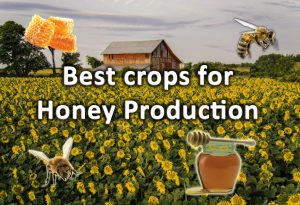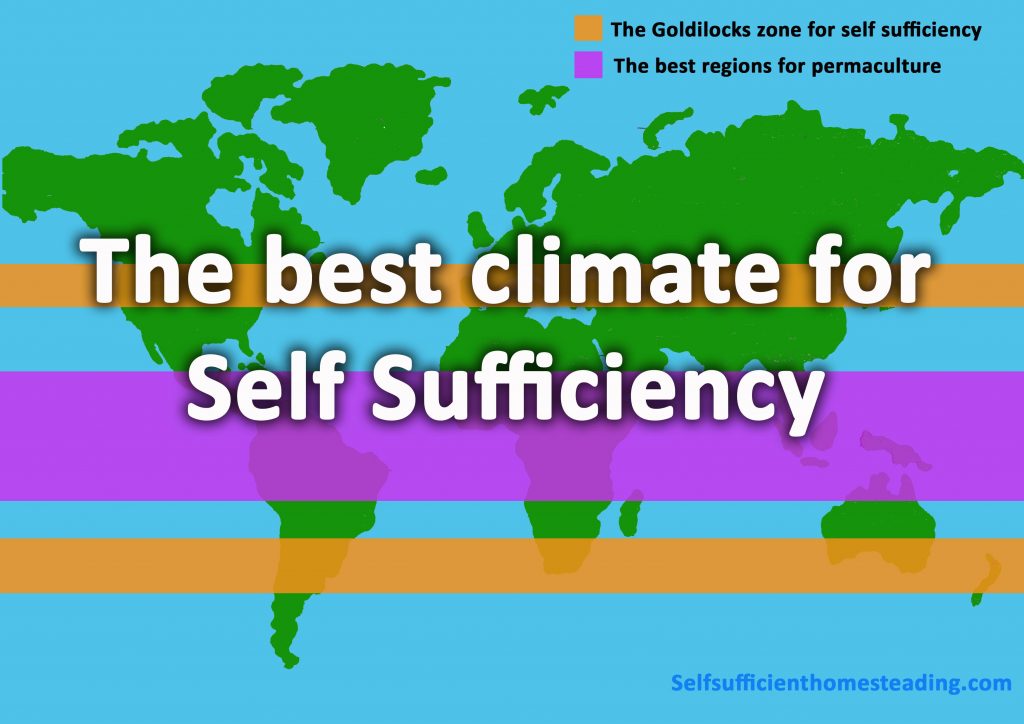The idea of being self sufficient generally is producing everything you need to live from your homestead. With ecological destruction at unprecedented levels many people question the materialistic ideals of consumerism.
However many who have this dream also understand such an existence could be a shock to the system. There would be no social security or second chances if you got it wrong. When planning or considering self sufficient homesteading choosing an optimum climate would be crucial.
Locational planning for a homestead will of course be based on many varying factors. However the question will continue to be asked what is the best climate for self sufficiency.
If today you simply had the whole world at your disposal with no big governments or populations. If you had to choose a climate to start a self sufficient homestead where would this be? In this article I will try to apply some personal knowledge and logic to ‘broadly’ answer this fundamental question.
Climatic regions
All locations on the planet come under five main climatic regions; Polar, Continental, Temperate, Dry and Tropical. These are however, all extremely broad in their distinction and therefore variation.
Consequently therefore I have added a sixth, Mediterranean, as I feel this is a more gradual and accurate transition from Temperate to Dry climates.
Polar
Polar Regions are those closely situated to the north and south poles. If you drew a line from the bottom third of Greenland across the diameter of the globe this upper area would be polar.
I think it is safe to say that a combination of extreme cold and lack of adequate sunlight rules out this zone. These regions do have plenty of wilderness, therefore, numerous opportunities for fishing, hunting and trapping.
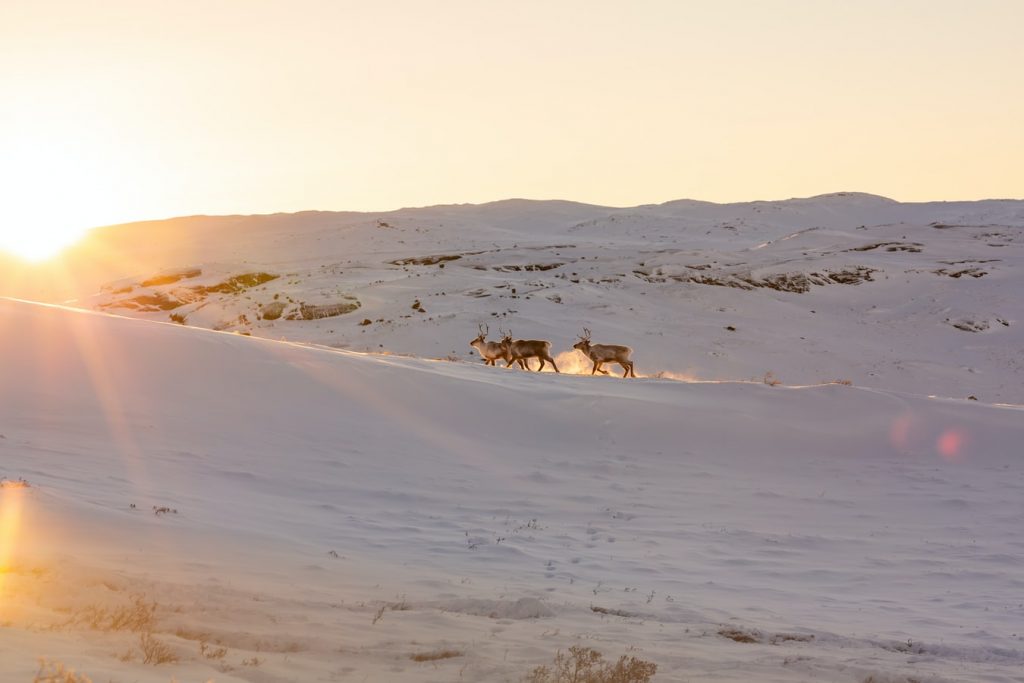
Continental
Continental regions are those just south of the polar which are generally cold, tundra regions. In the northern hemisphere this would include upper parts of Siberia and Canada.
These zones are typically made up of cold, pine forests and seasonally frozen tundra. Such extensive wilderness areas have been inhabited by human tribes for thousands of years.
Tribes of these regions have historically followed wild herbivores for hunting and lived a nomadic, hunter gatherer existence. Although self sufficiency is possible here I would say it is more reliant upon survivalist techniques. The harsh winters of these regions would make life very difficult indeed.
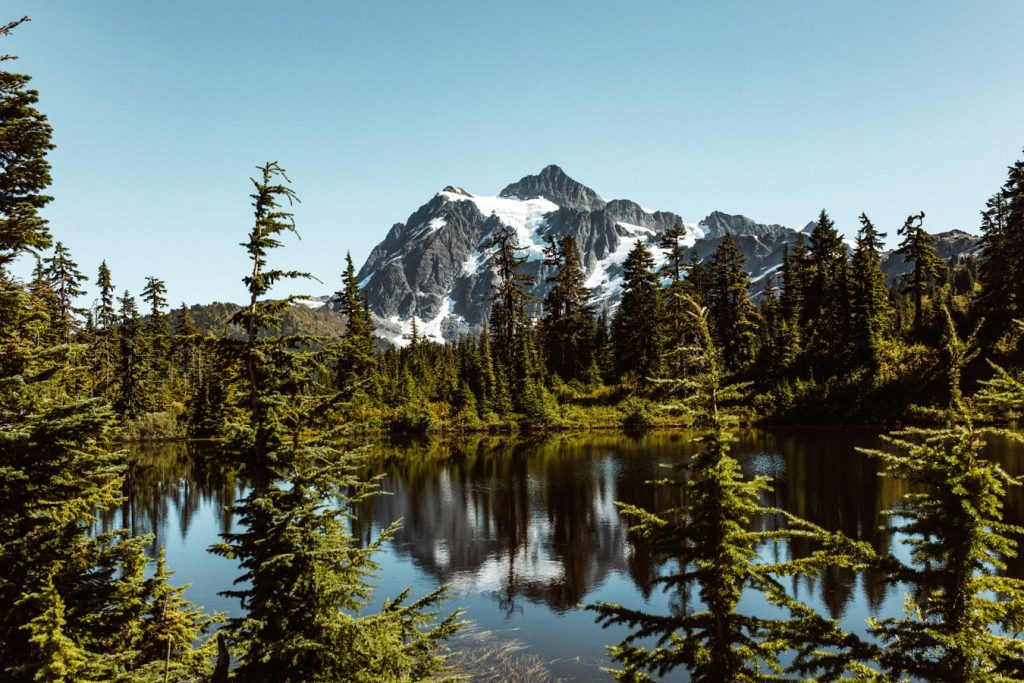
Temperate
Temperate zones of the world have cool to mild winters with warm, humid summers. These do cover a broad range of locations from roughly the tip of Scotland to southern France.
However if I was to be blunt for self sufficiency I would pick southern France over northern Scotland any day! The reason for this is simply the cold extremities of these regions can be very cold and vice versa.
Preferring the South of France because its warmer is not just a nicety, there are exceptional energy efficiencies to warmer climates.
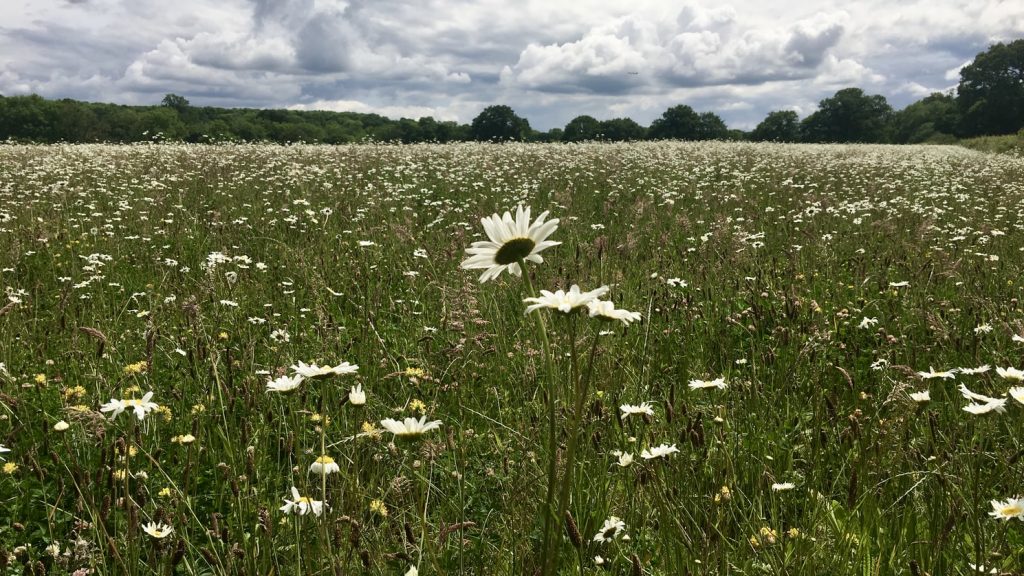
If you want more land available for crop growing and less land for firewood choose the warmer end! It is no surprise that temperate regions are beneficial for agriculture.
They have good seasonal rainfall and warm summers. Hence temperate climates are safely in the race as a contender for the best climate for self sufficiency.
Mediterranean
Mediterranean regions have mild winters and hot summers. Commonly associated with arid landscapes and seaside holidays these areas are warm and pleasant.
However it is important to remember that these regions can be very green and temperate during the winter months. Such areas however have plenty of strong sun which is perfect for growing fruit and vegetables.
The draw back with these locations is lack of water. Summertime is always plagued with the risk of severe drought. This is fine if you have a large river nearby and electric pumps.
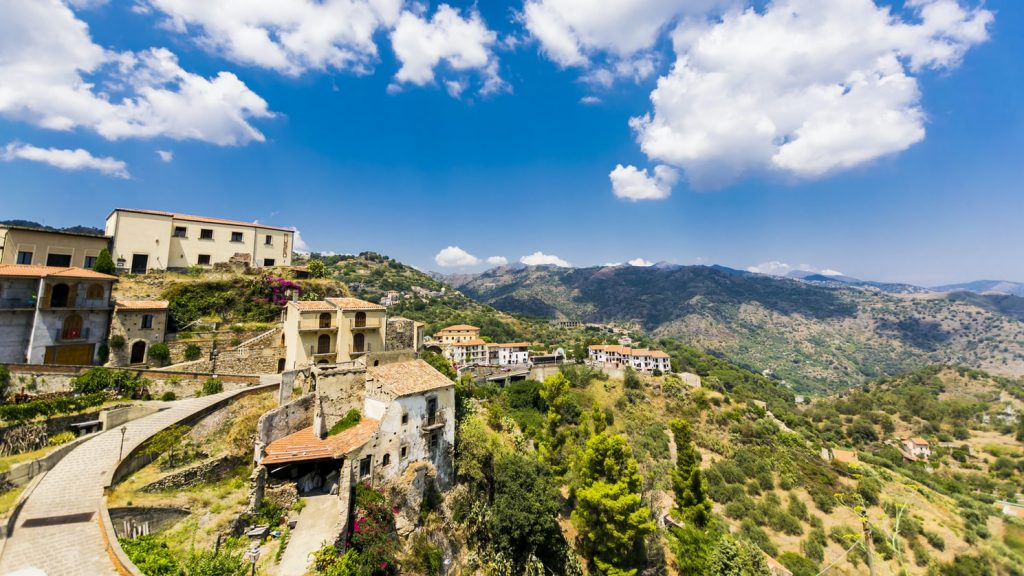
On the other hand if you were completely off grid crops could fail in droughts. Due to desertification and the position of land masses on earth these regions are not very numerous.
They do have mountain forests and wild animals that could be hunted or trapped. Grazing in this region is limited as grass and herbaceous plants dry out and die in summer.
If you were wise you would create a farm where a large river meets the sea. Here you could fish for food, farm and forage. Homesteader farmers of the islands of Crete would be a good model for thriving in these regions.
Dry
These climatic zones have warm to hot winters and excruciatingly hot summers, So much so that any moisture quickly evaporates. This combined with extremely low rainfall, desertification and little or no vegetation rules out these regions suitability. The Sahara desert has been inhabited by people for millennia but it’s far from ideal for self sufficiency.
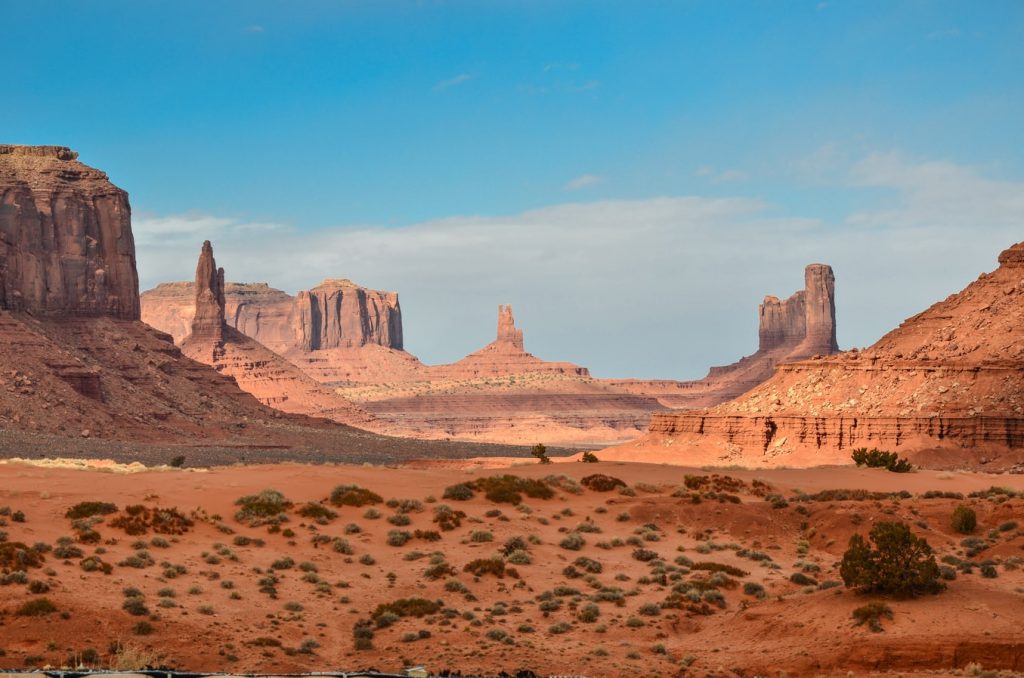
Tropical
Tropical regions are defined by their linear arrangement along the line of the equator. Daily solar heating of the oceans along the tropics means it is constantly exposed to heavy rain.
This combination of heat and water make life fast and furious. These regions have the most diverse array of plant and animal life anywhere on the planet.
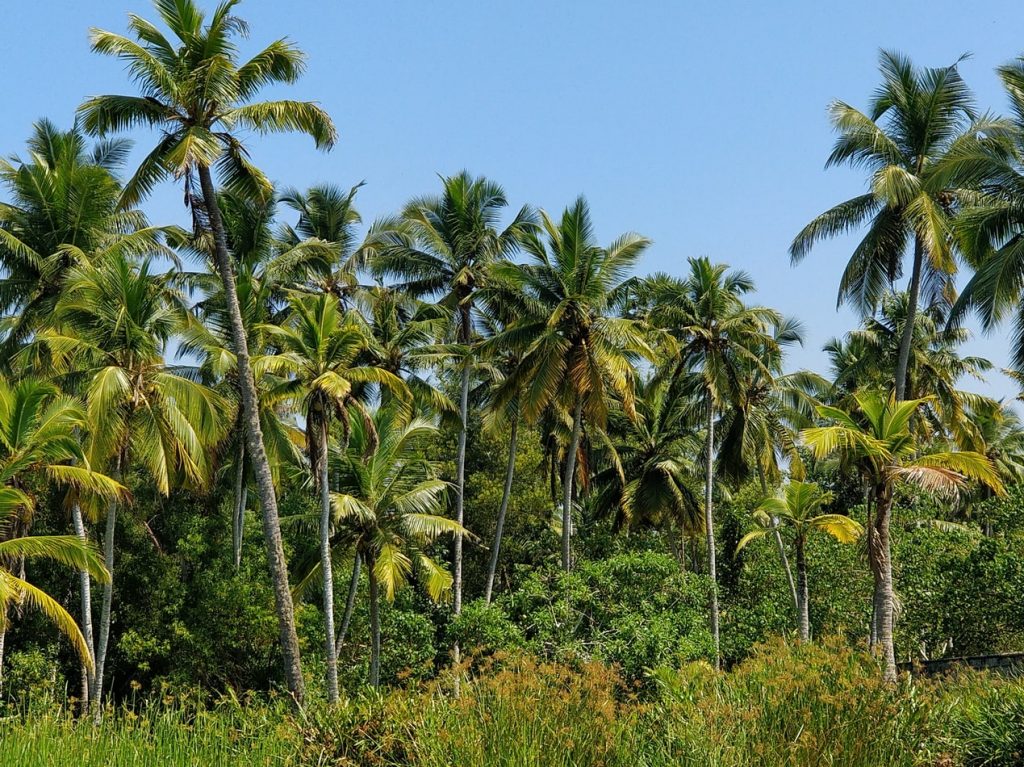
Tropical jungles become multi-layered ecosystems of biomass which harnesses the suns energy on multiple levels. This makes tropical rainforests some of the richest and abundant environments around.
Hence there is a temptation to easily jump to the conclusion that tropical regions are best. This is where the answer to the original question can become split into what our expectation of self sufficiency would be.
This will be discussed and summarised later in this article. There is no doubt that tropical regions are abundant in biomass, food, game and cover all of which are a plus.
They are also abundant in; ambush predators, blood sucking parasites, deadly poisonous creatures, tropical diseases, fast growing vegetation, daily torrential rainfall and overwhelming heat and humidity.
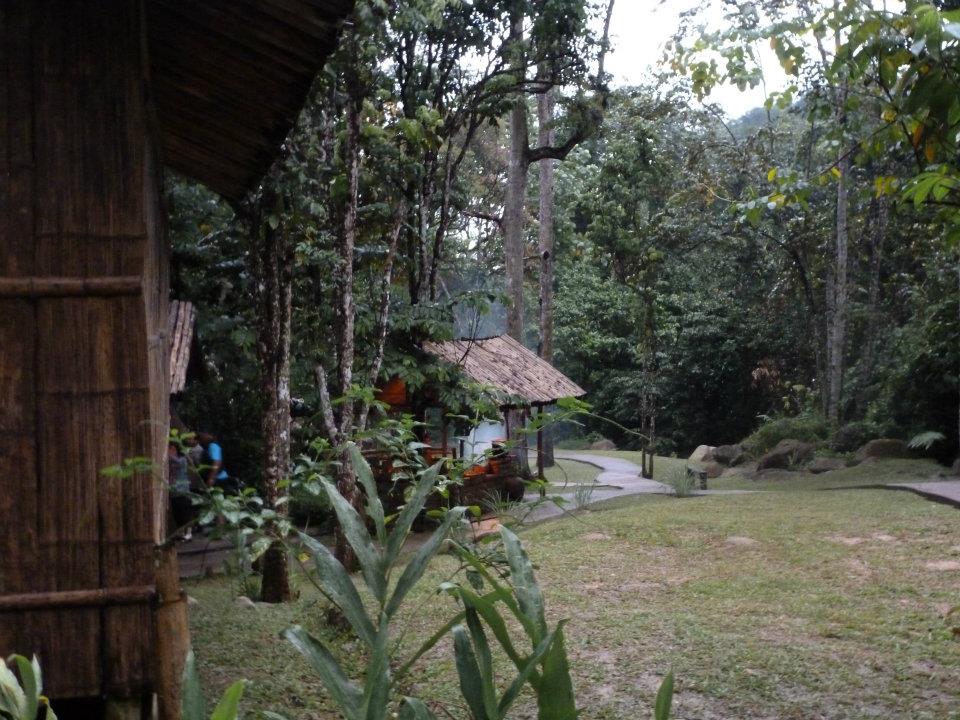
And that’s just on a good day! The truth is tropical environments are less easy to manage and control in a typical homesteading sense. People who are self sufficient in these places have expert knowledge of local plants and creatures to trap and hunt.
When I visited Borneo I saw jungle communities which relied upon a combination of both permaculture and medieval farming.
I would have to say the sheer abundance of this climate, its water and biodiversity would make it a contender. Therefore I conclude that the three best climates for self sufficiency and our subsequent finalists are Temperate, Mediterranean and Tropical climates
The top three climatic regions for self sufficiency are:
Temperate Climates
Mediterranean Climates
Tropical Climates
There are many factors which would directly influence a locations suitability for self sufficiency within a given climate. These include things like elevation, microclimate, soil type and the availability of water. As this is an article which solely discusses climate I will simply list these as overlay considerations below.
- Topography
- Microclimate
- Hydrology
- Geology
Methods of self sufficiency
In making a decision of what is ‘the best climate for self sufficiency’ you really have to determine what self sufficient lifestyle you want. In tackling this question we need to think about what methods of ‘sustainable land management’ we will put in place.
If we are genuinely going to be self sufficient it cannot be fair to aggressively rely on machinery and fuels from the current ‘fossil fuel’ economy. Therefore in the case of a tropical climate the felling of jungle to grow cabbages seems slightly unethical.
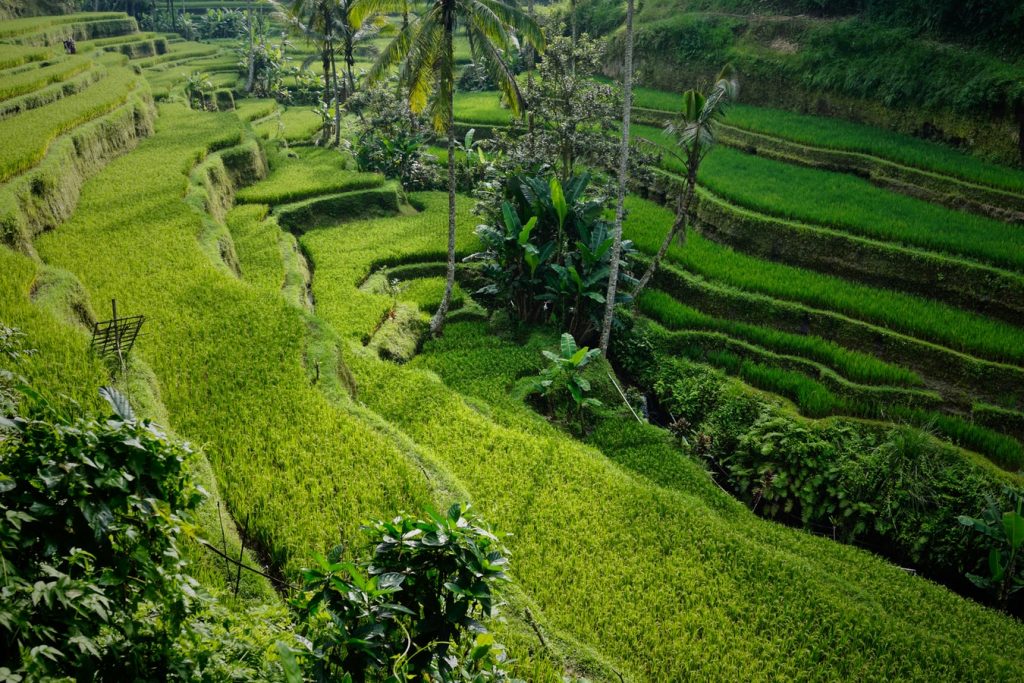
In tropical regions the aggressiveness of native, tropical, plants could make conventional crop growing troublesome. Tropical regions have such a diverse range of adapted species however which could easily be harvested for food.
Wild tubers, herbaceous plants, fruits, nuts and grains would be perfect but nothing like conventional crop growing. Therefore manipulated tropical, food forest, systems would be the most self sufficient way to live in tropical climates. This ‘Permaculture’ method may not fall into the expectation or skill set of every, typical, self sufficient farmer.
For example temperate climates have more seasonal variation and less aggressive vegetation. Large fields can be maintained by grazers and forests managed for timber with coppicing.
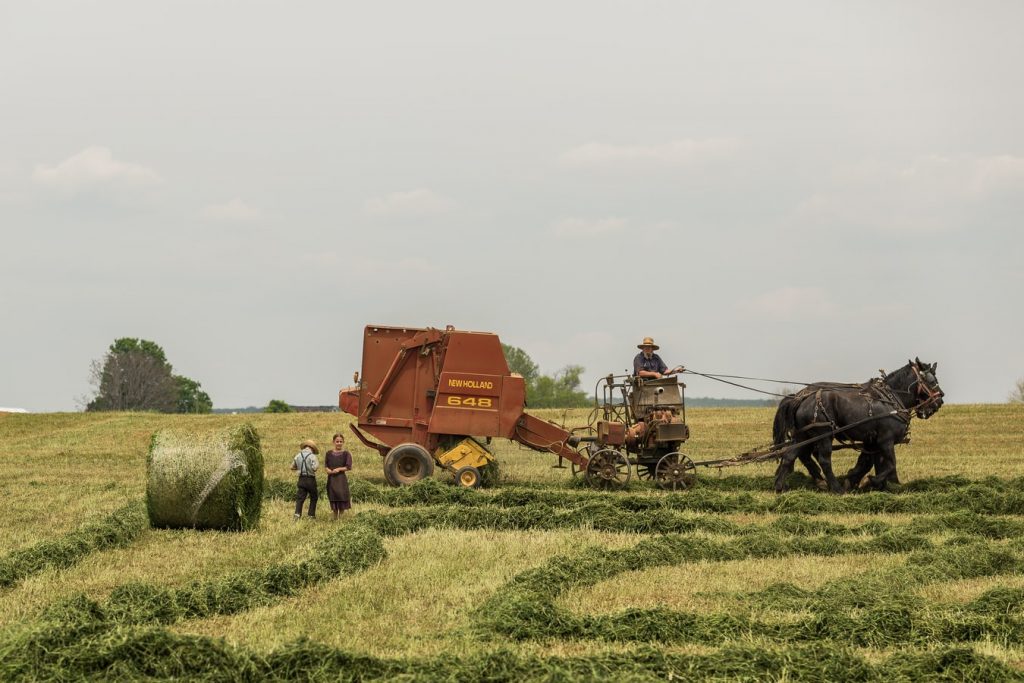
Such methods in the tropics could lead to severe soil erosion and nutrient leaching. Therefore I feel it is only correct to split our idea of self sufficiency into two separate practices.
Traditional organic farm homesteading with animal husbandry & Permactulture, food forest based systems. By separating the two I am not suggesting these cannot be used together in either situation. I am simply highlighting that both types lend themselves to different climates.
Traditional self sufficient organic farming.
This type of farming is what most people visualise when they think of self sufficient homesteading. A combination of organic techniques such as; vegetable growing, orchards, crop rotation, composting and animal husbandry are practiced for sustenance. If you were looking down on such a system it would pretty much look like a medieval farming village.
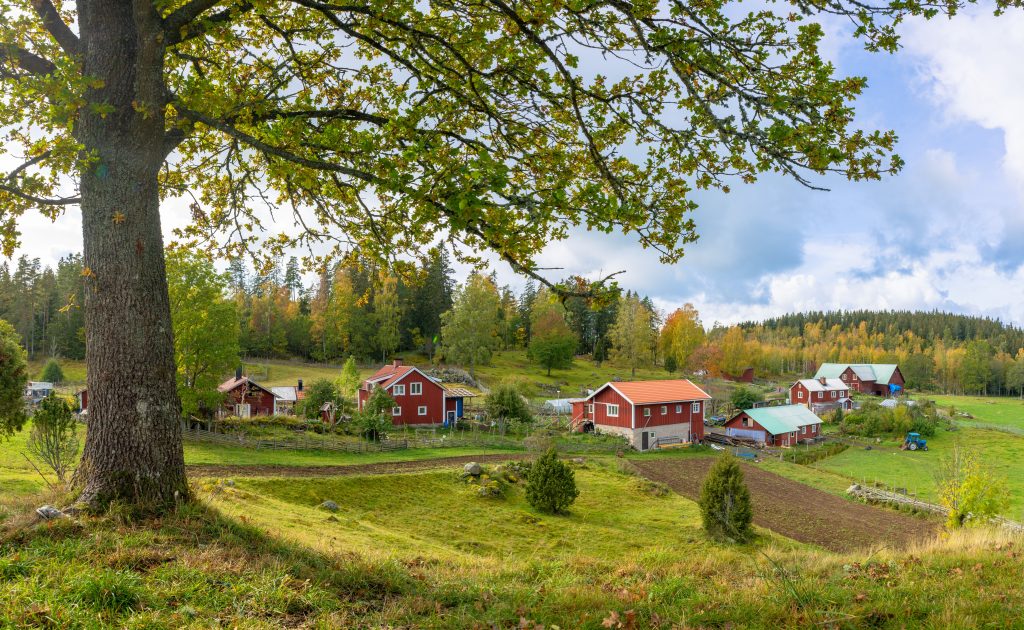
Food forests & Permaculture systems
Food forests and permaculture are not exactly the same thing but they are very similar. Both of these concepts work on the principle of working with nature. This means no intensive energy input in the form of mechanised ploughing or harvesting is used.
Instead food is harvested from an established ecosystem planted with both edible and useful species. These should not need excessive maintenance and will commonly form a naturalistic forest or scrubland ecosystem.
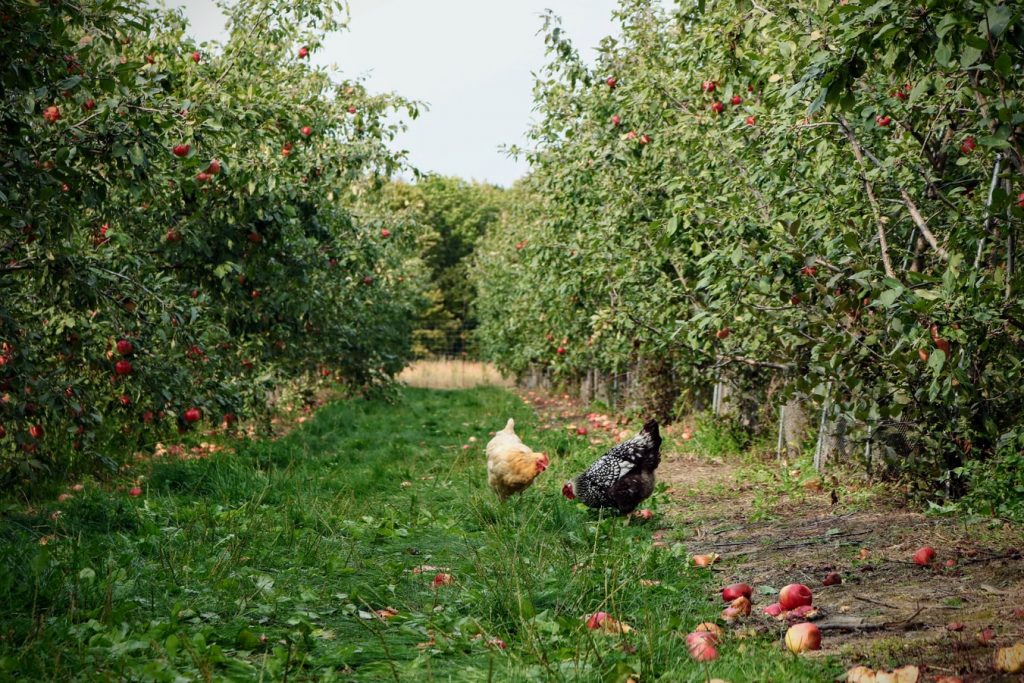
Best Climate for Self sufficiency using permaculture
I would say the best climate for self sufficiency using permaculture would be a tropical one. The strength of the sun in these climates means layering edible crops in forest canopies is extremely effective. On the whole permaculture has an ecological, layering affect which boosts crops within a small space.
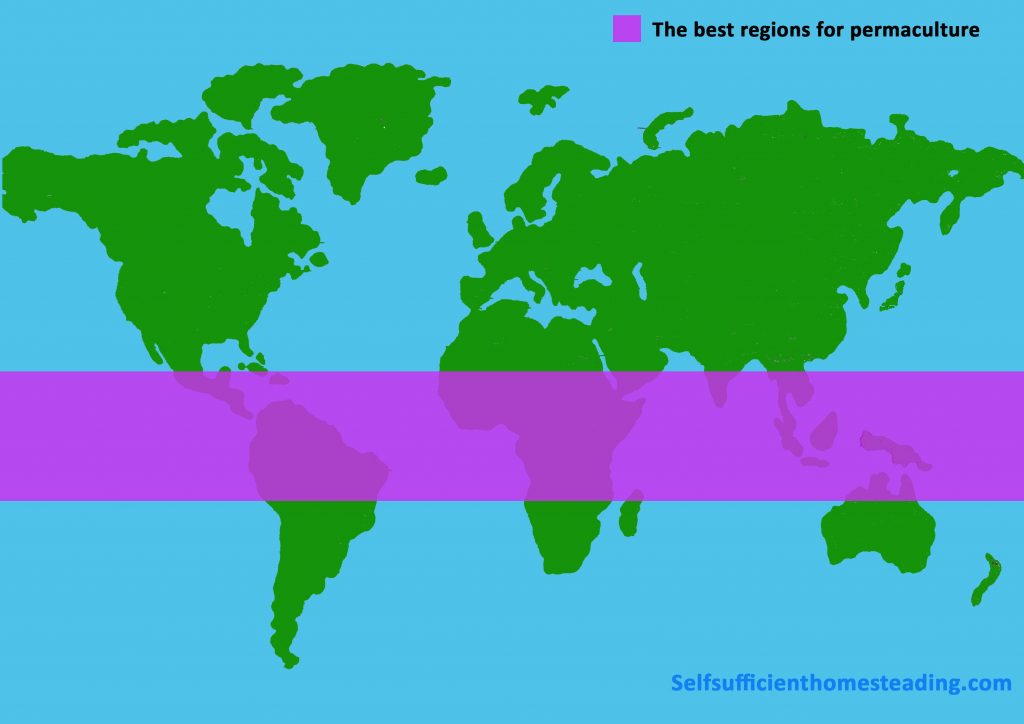
Furthermore large amounts of biodiversity and wildlife habitat mean you also have opportunities to hunt and trap. Livestock can be allowed to roam freely, feeding themselves from the environment. In tropical climates this ‘permaculture approach’ is extremely effective for achieving self sufficiency.
Best climate for self sufficient homesteading
Trying to identify the best climate for more traditional self sufficient farming was not straight forward. Attempting to identify if my decision making process was skewed by personal preferences was not easy. Even though this kind of traditional farming could be achieved in tropical regions I felt it would be far from optimum.
From what I can see there are substantial benefits from warm climates with some seasonality. Not too hot and dry in summer but not too cold and mild in winter. From my travels I have seen extremely successful, self sufficient homesteads in a number of locations.
Some of the best of these have been Macedonia, Tuscany in Italy and the mountainous parts of Crete. These locations from my experience had everything; Forests for foraging, hunting, trapping, timber, strong sun and abundant, fresh water.
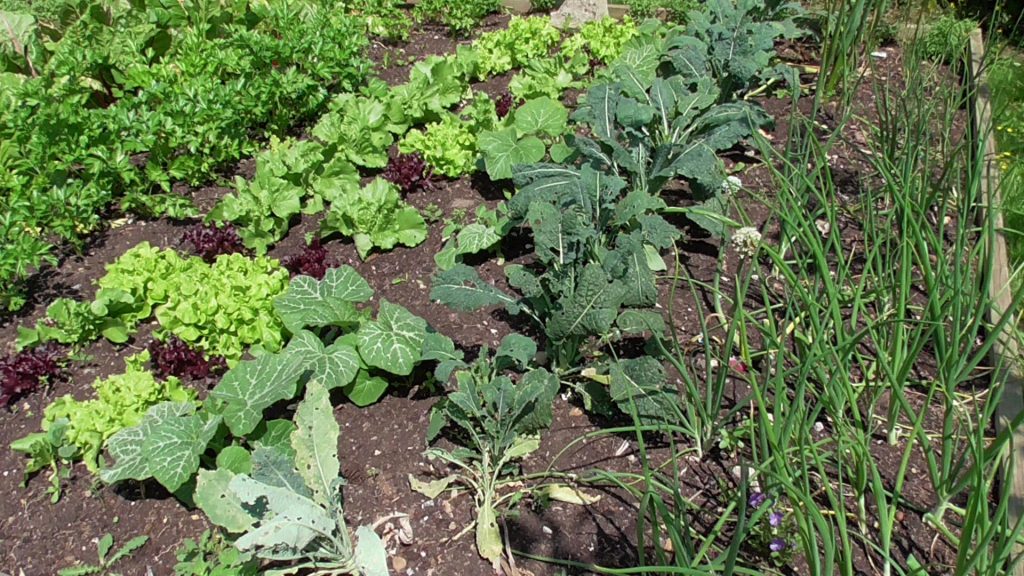
These climate zones also had many watercourses and coastal regions nearby. The winters were cool but you could still produce vegetables undercover and there was rarely snow. This led me to study the world map and identify the self sufficiency, goldilocks zone.
The best climate for self sufficiency sits within the transition from a temperate climate to a Mediterranean climate. These areas are very warm in summer but never become too arid whilst mild enough to both cultivate crops and graze during the winter months.
In the northern hemisphere this would dissect the middle of the USA, Northern Spain, Italy Greece, turkey and the middle of China and Japan. This of course would have a wide buffer of suitability based on elevation and regional climatic factors.
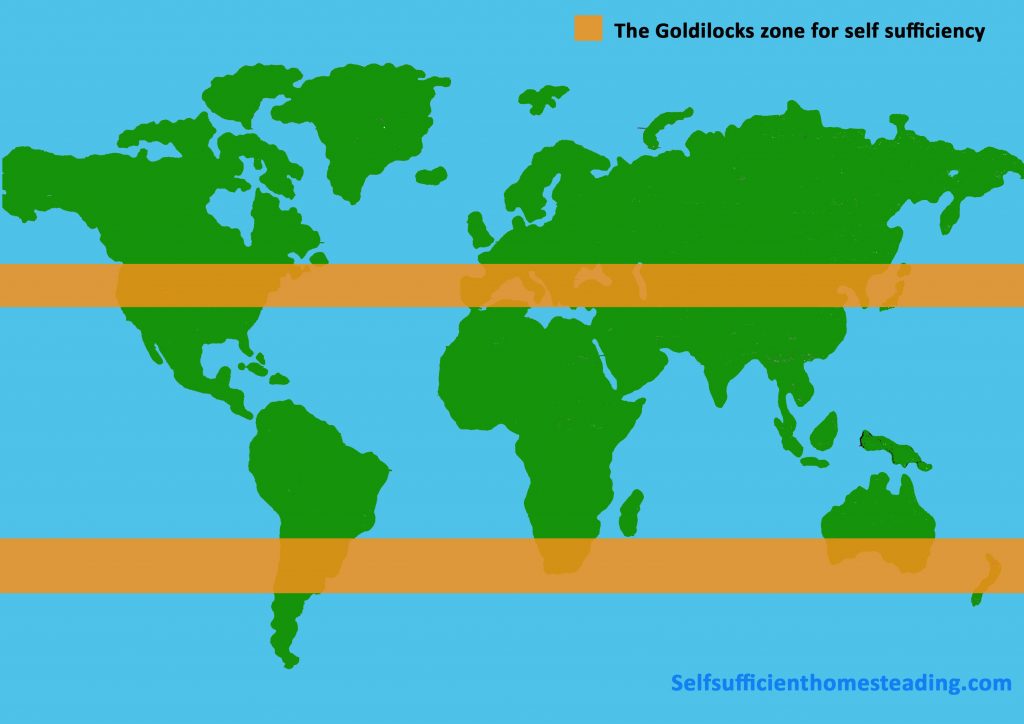
In the southern hemisphere the goldilocks zone would have to be raised up slightly higher to the equator. This is due to different annual temperatures probably due to fact there is considerably more sea than land.
Also it would be no use to anyone if the majority of ‘the goldilocks zone’ was in the ocean. The ‘goldilocks zone’ in the southern hemisphere would dissect Northern Argentina, South Africa, and the bottom third of Australia. This would be minus extensive, inland, dry, desert areas that would not get much rainfall.
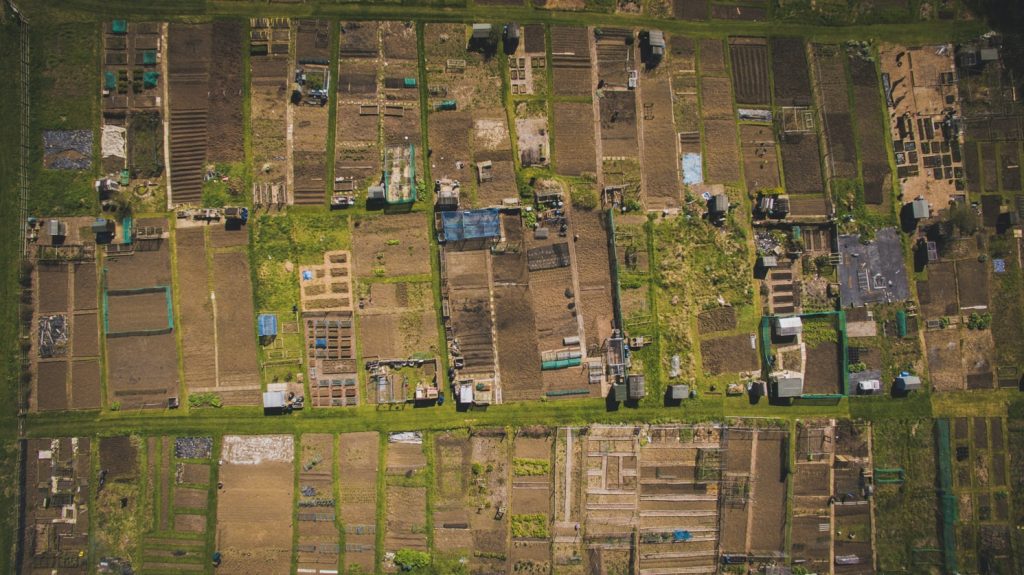
In rounding up I would like state that I utilised no scientific data in putting these theories forward. There is quite simply too many variables to pin point exactly what the best climate for self sufficiency is.
If you are a Brazilian forest shaman that knows every plant in his part of the jungle my ‘goldilocks zone’ would be a lifeless desert. I guess that highlights the point that being self sufficient is about ‘understanding your environment’. Use your knowledge to interact with nature in a sustainable fashion by recycling nutrients and creating abundance.
For me personally a small country just North of Greece called Macedonia would be my perfect choice! Everything is affordable including land, wonderful people, rugged forested mountains, wildlife, great organic wine, great soil, abundant fresh water and a low population. I would highly recommend a holiday to check it out, you would not be disappointed.
What do you think the best climate for self sufficiency is?
Back to home
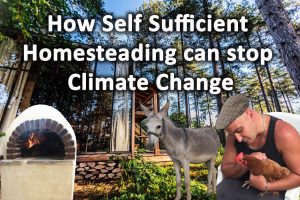
How Self Sufficiency and Homesteading can stop Climate Change
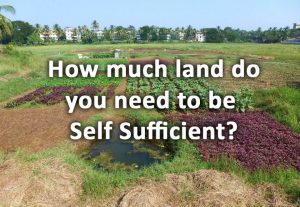
How much land do you need to be self sufficient?
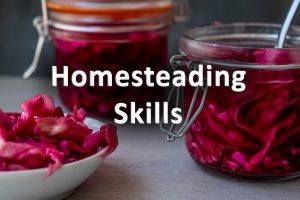
Homesteading skills, for Self Sufficiency
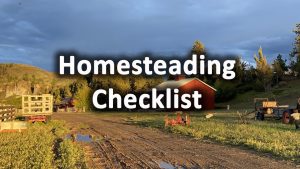
Homesteading Checklist for self sufficiency

A beginner’s guide to self sufficiency & its benefits
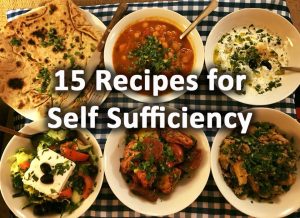
15 recipes for self sufficiency
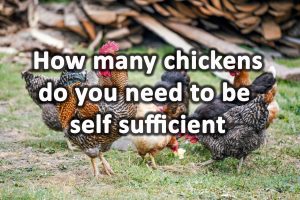
How many chickens do you need to be self sufficient?
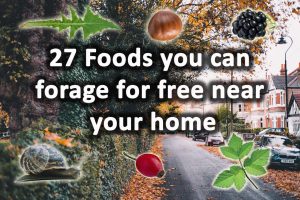
27 foods you can forage for free near your home
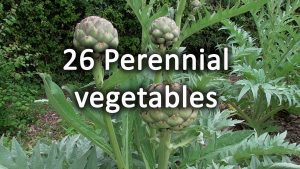
26 Perennial vegetables for the garden
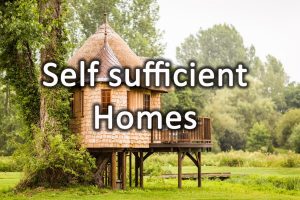
Self sufficient homes
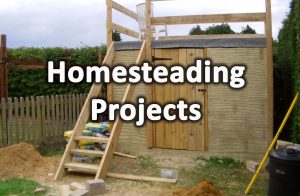
31 Homesteading projects
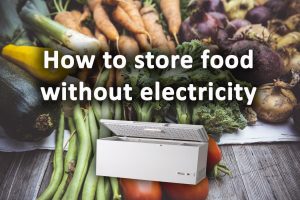
15 Ways to Store Food without Electricity
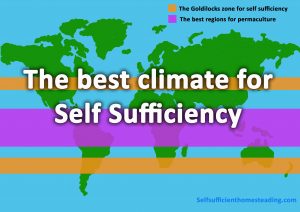
The best Climate for self sufficiency
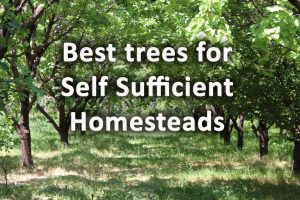
The most useful 22 Trees for a self sufficiency & homesteading
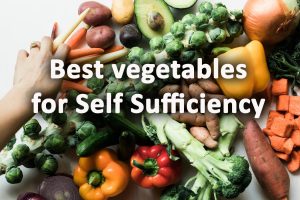
31 Vegetables for self sufficiency
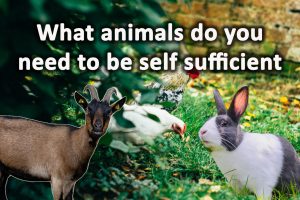
What animals do you need to be self sufficient?
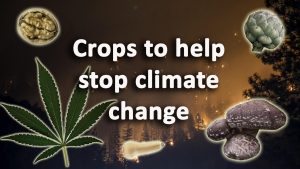
How to stop Climate Change with Crops – Crops for climate change
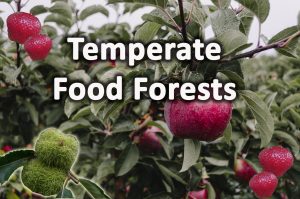
Temperate Food forests
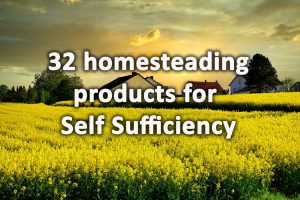
32 Homesteading products for self sufficiency
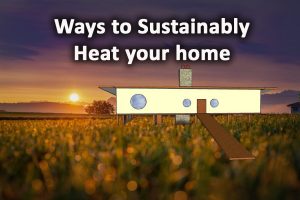
10 Ways to Sustainably Heat Your Home
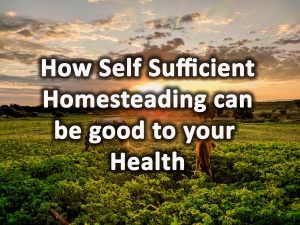
10 Ways self sufficient homesteading can be good for your health
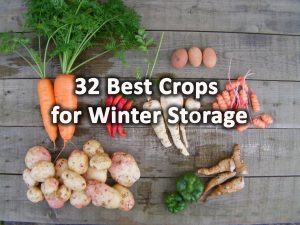
32 Best Crops for Winter Storage
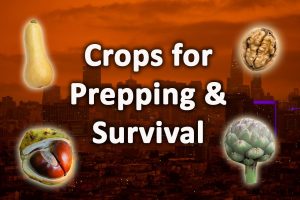
34 crops for prepping and survival
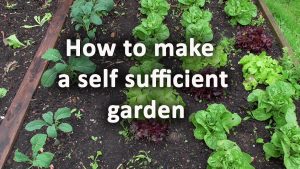
How to make a self sufficient garden
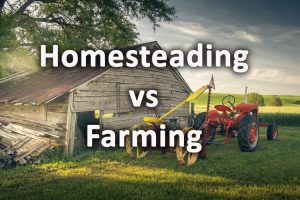
Homesteading verses farming what’s the difference?
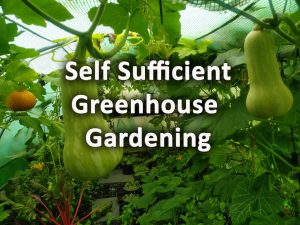
Self sufficient greenhouse gardening
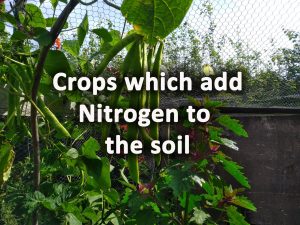
12 Crops which add nitrogen to the soil
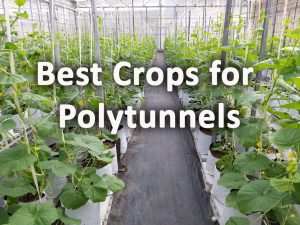
32 of the best crops for Polytunnels
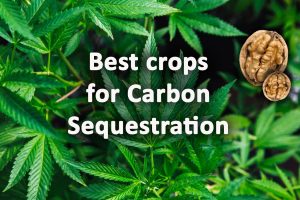
12 Best Crops for Carbon Sequestration
